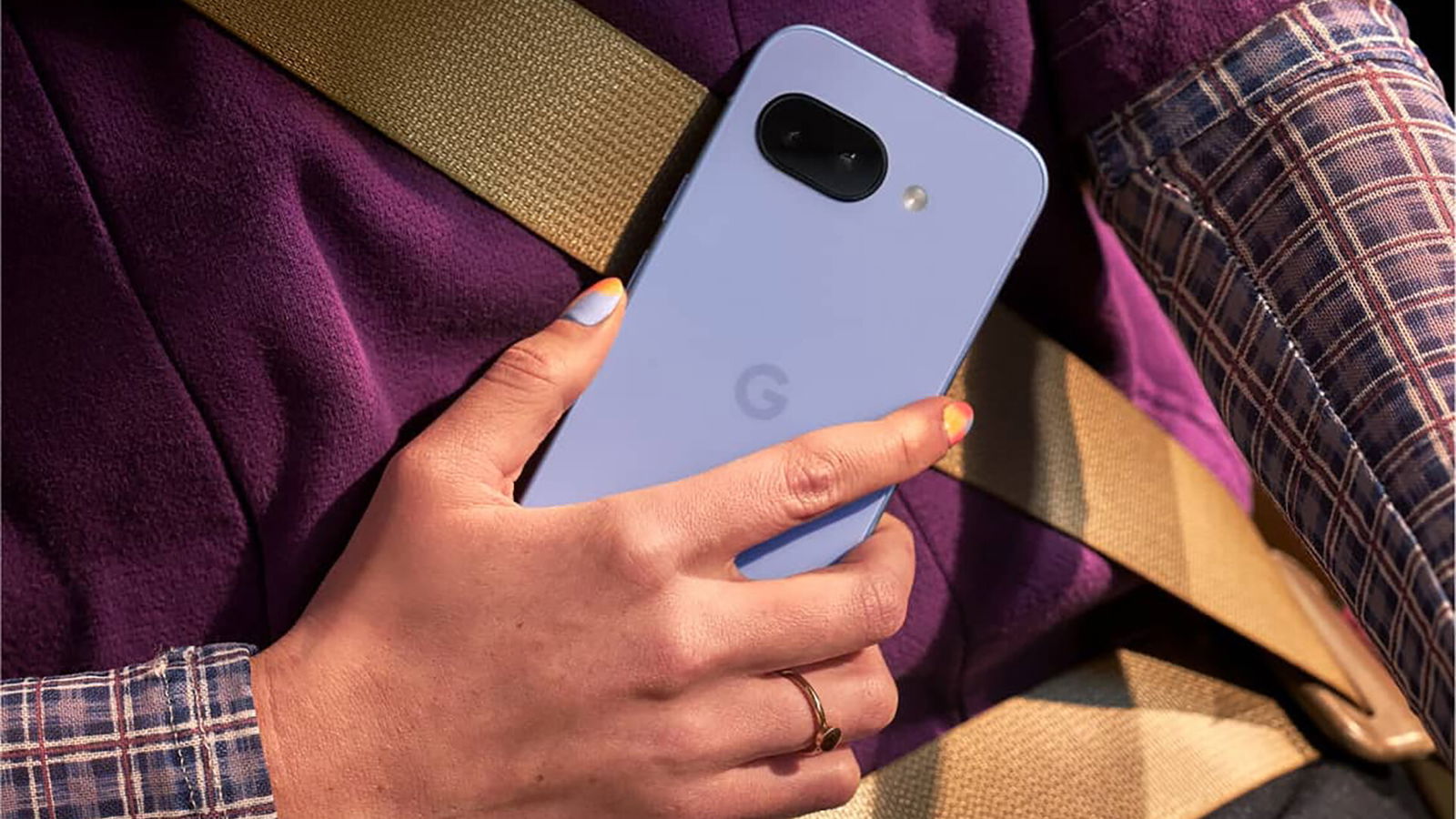Following up on its predecessors, Google has announced the Google Pixel 9a, a midrange phone for those on a budget.
Google has refreshed its budget phone lineup with the Google Pixel 9a, offering a premium experience without breaking the bank. The Pixel 9a features a Google Tensor G4 chipset, a 120Hz refresh rate, a 6.3-inch Actua pOLED display and more.

The biggest update to the Google Pixel 9a is its overall design, now based on the Google Pixel 9 but with a flat camera module. In terms of specifications, the phone is powered by the Google Tensor G4 chipset, supports up to a 120Hz refresh rate, includes 8GB of RAM and a 5,100 mAh battery. The camera system consists of a 48MP main camera, a 13MP ultrawide lens and a 13MP selfie camera.
A significant change that may raise concerns is the camera downgrade. The Google Pixel 8a featured a 64MP main sensor, whereas the Google Pixel 9a has a 48MP main sensor. However, the camera offers an f/1.7 aperture for sharper photos, compared to the Pixel 8a’s f/1.89 aperture.

The Google Pixel 9a is not just receiving a camera update; it will also support several new AI-enhanced photography features from the Google Pixel 9, thanks to Gemini AI. These features include:
- Add Me – Stitch two photos together to create a group photo.
- Macro focus mode – Utilize AI to capture close-up photos much better.
- Night Sight – Capture sharp and bright images in a low-light condition.
For those looking to upgrade from the Google Pixel 8a, the Google Pixel 9a presents notable improvements. In addition to the camera and chipset updates, the Pixel 9a boasts the largest battery capacity in the Pixel A-series lineup. It is powered by a 5,100mAh battery—608mAh more than its predecessor and 400mAh more than the premium Google Pixel 9. This increase in battery life is a significant enhancement for heavy smartphone users.
The Google Pixel 9a will be available in April 2025 through Google Stores and selected retail stores, costing $499 and available in Obsidian, Porcelain, Iris, and Peony.




